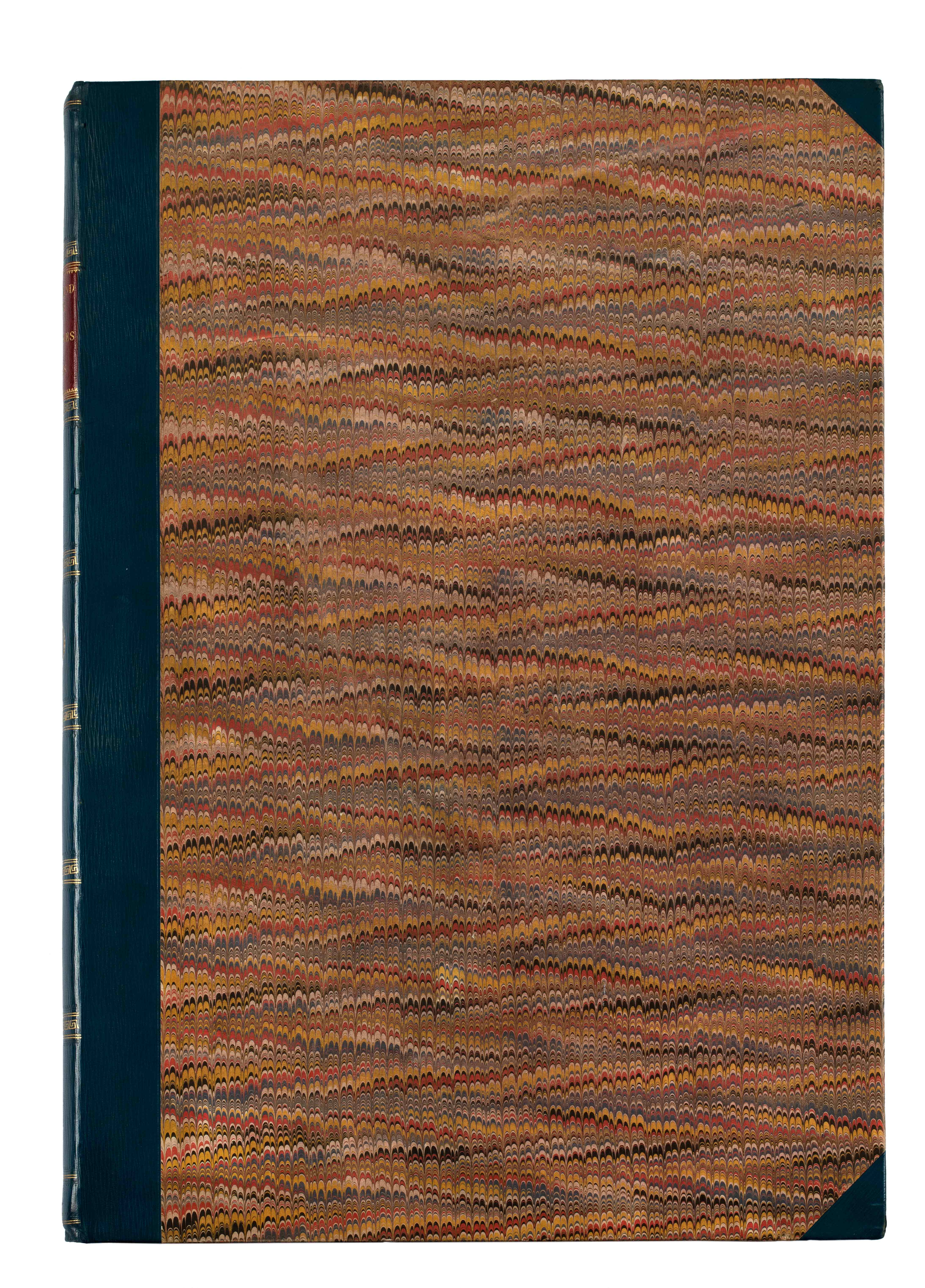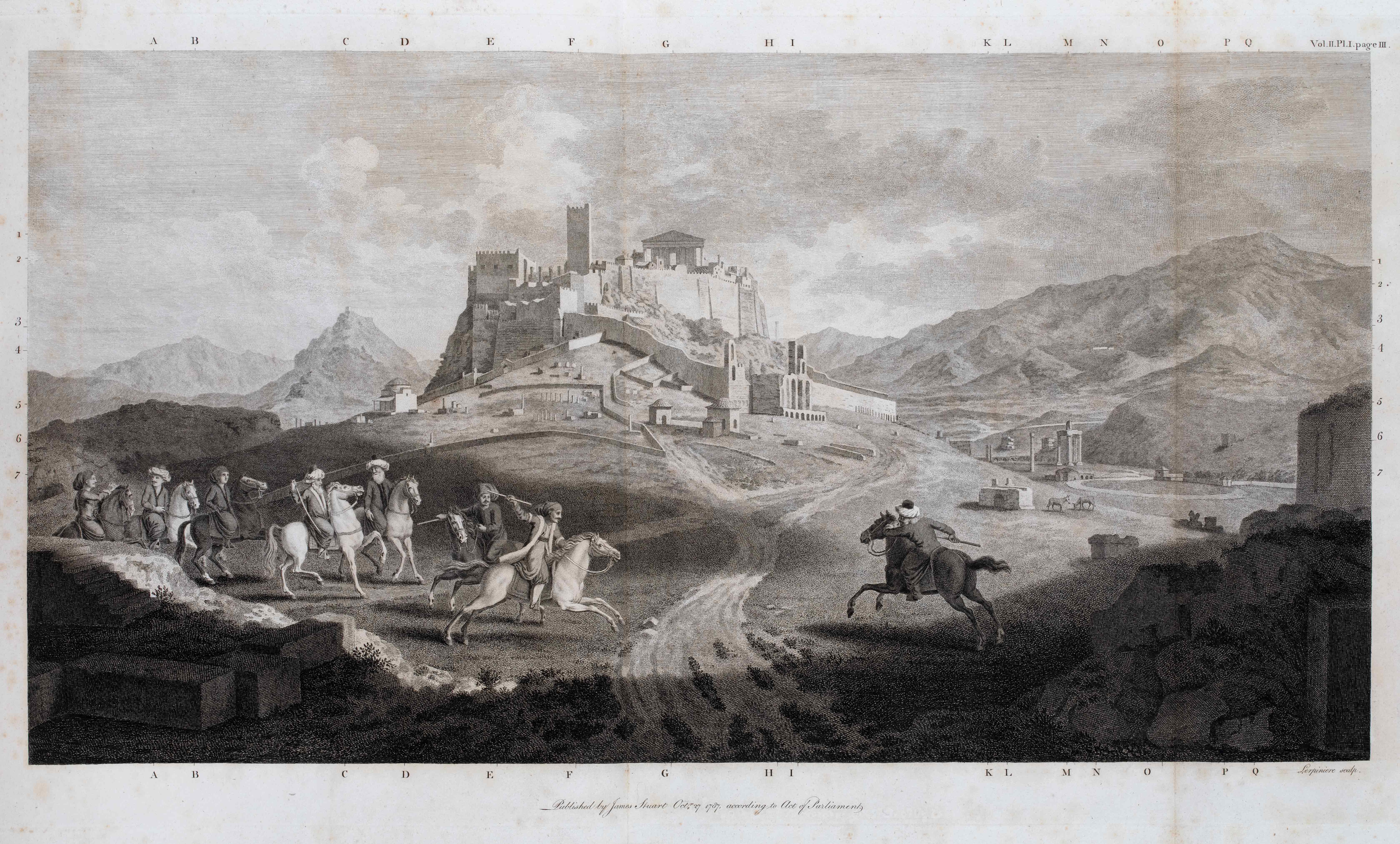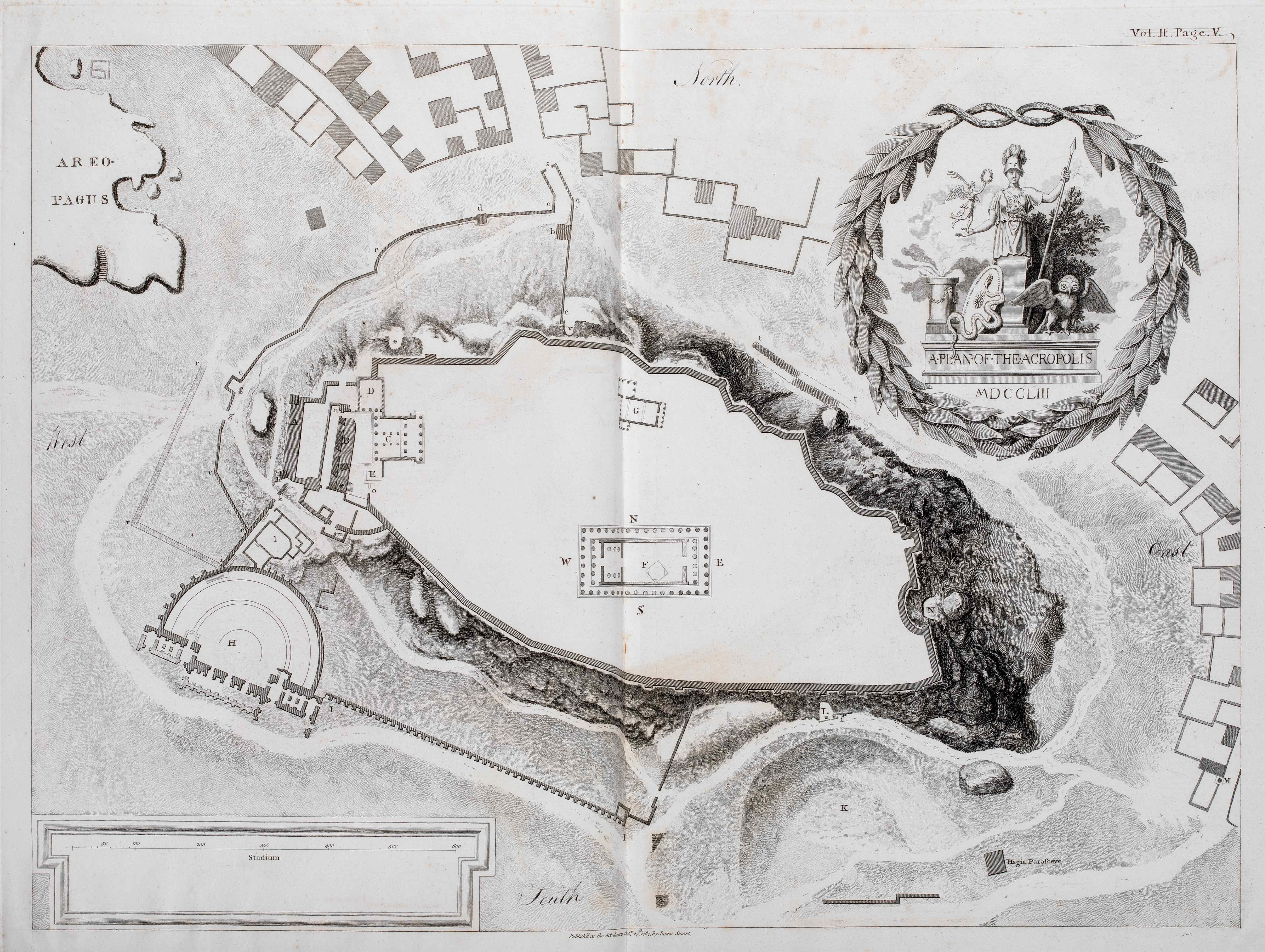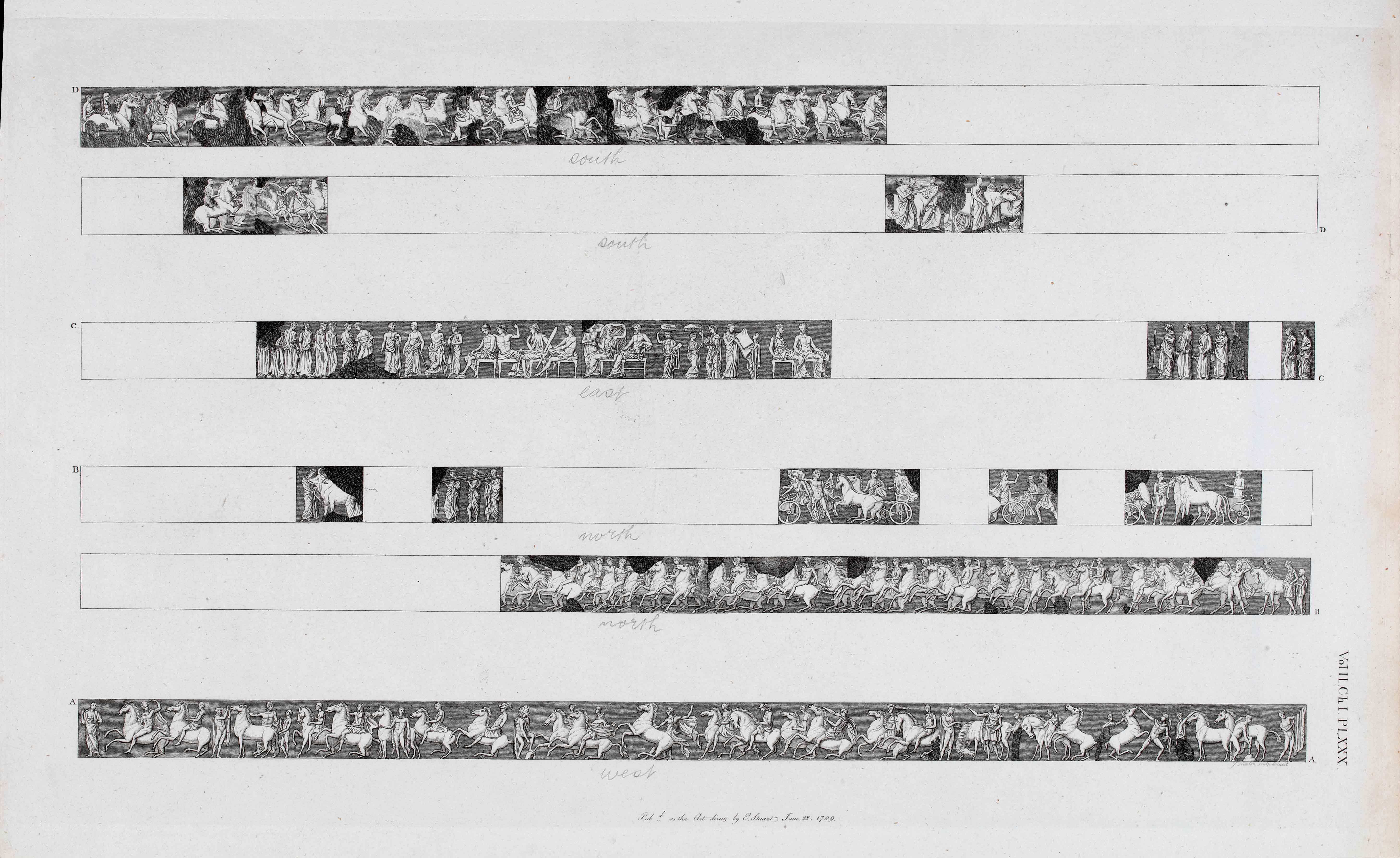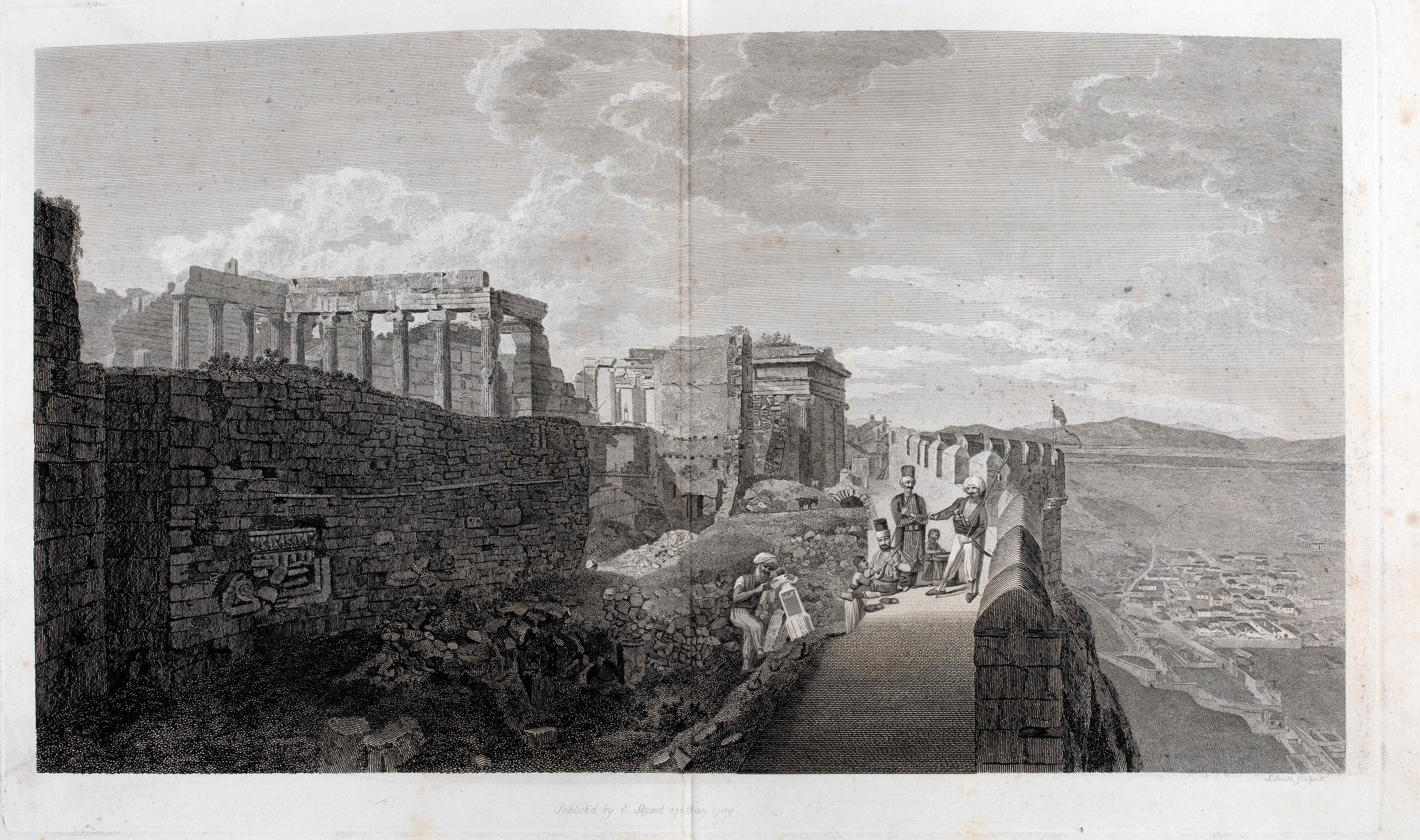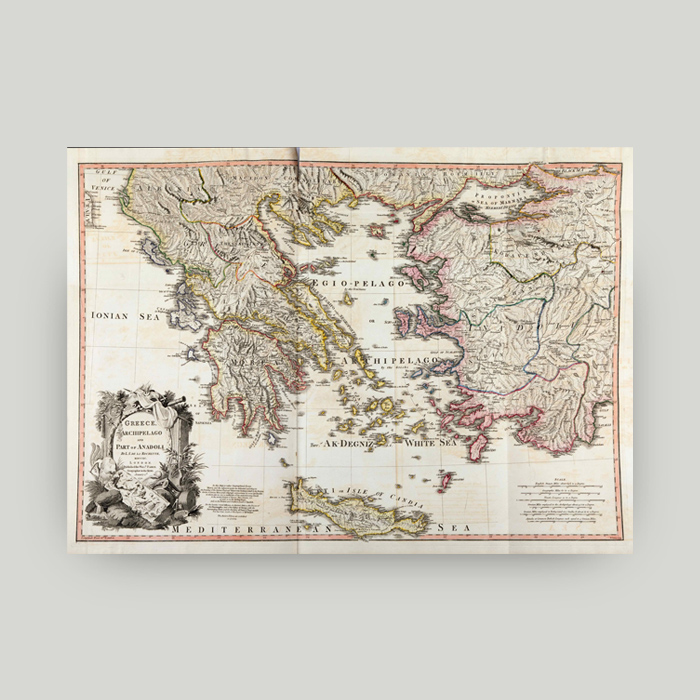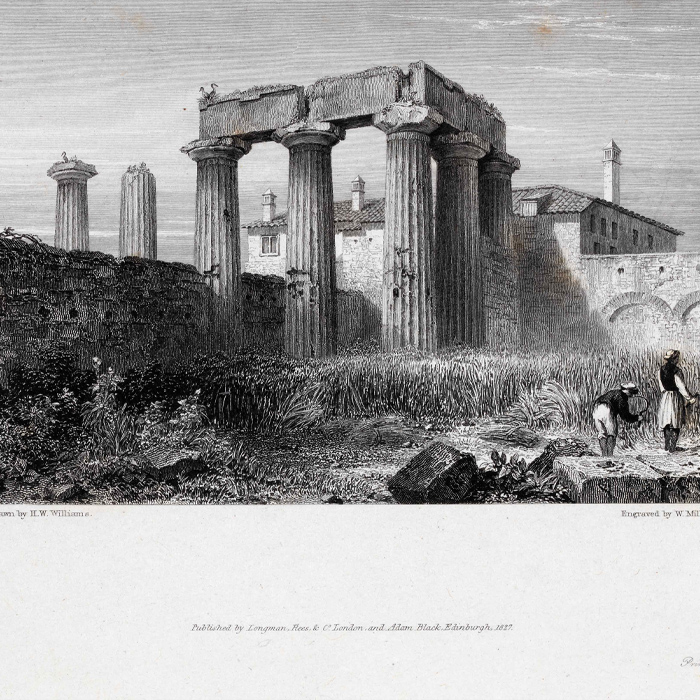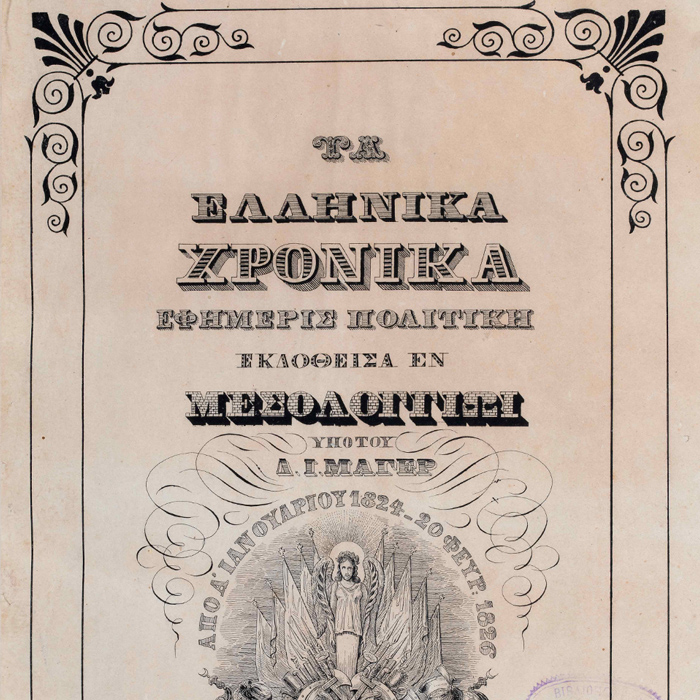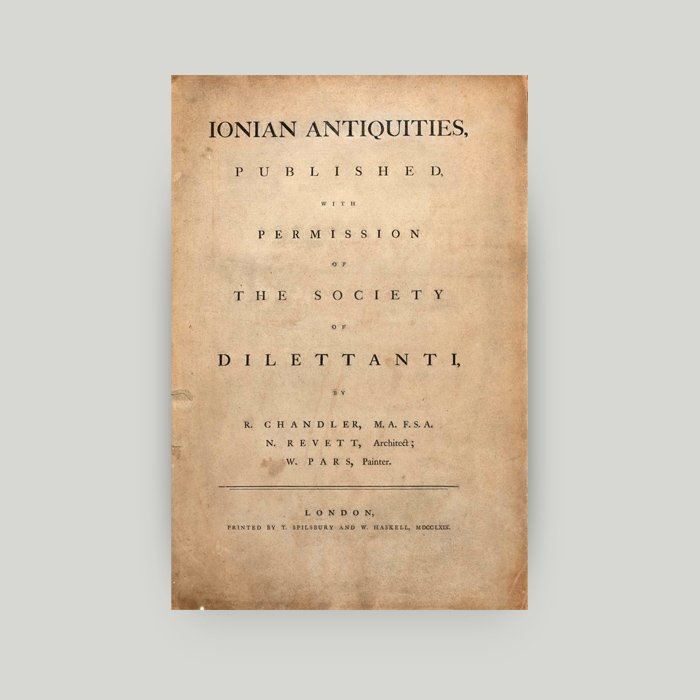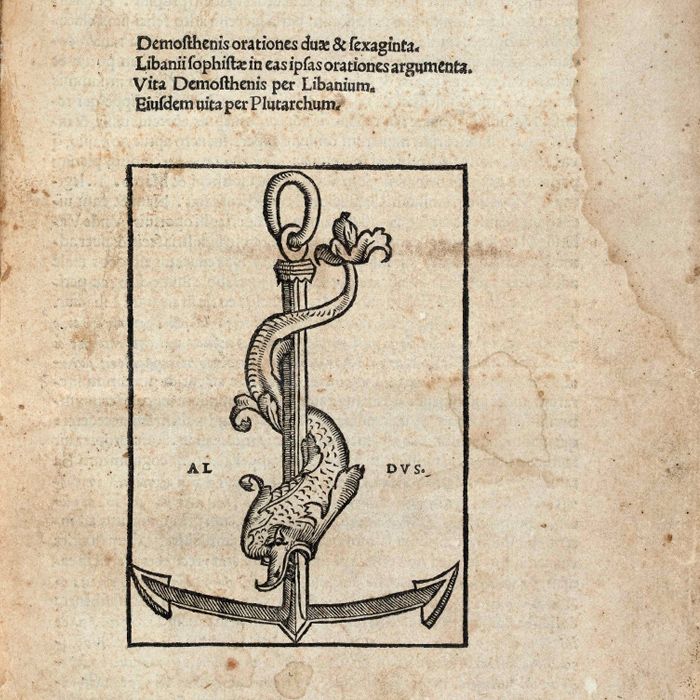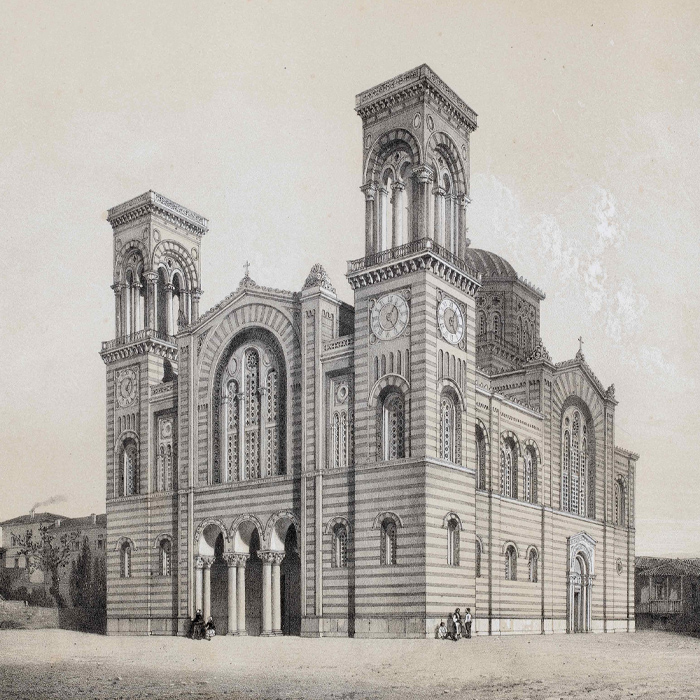The Antiquities of Athens. Volume the Second
The Antiquities of Athens. Volume the Second is the 2nd volume of the most iconic book of the 18th century in reference to Ancient Greek architecture. It depicts the antiquities of Athens, as they stood at that time, with texts, tables and accurate drawings by British architects James Stuart and Nicholas Revett. Its presentation of the relief compositions and sculptural decorations of the Acropolis makes this volume particularly valuable.
External appearance and illustrations
The book The Antiquities of Athens. Volume the Second is 37 cm (width) x 52 cm (height). It has a hard cover with colourful decorative elements and is in near fine condition.
It features pictures of the Acropolis of Athens in the 18th century. It includes representations of the reliefs and sculptures at the Propylaea, the Parthenon and the Erechtheion.
Each monument is presented with detailed commentary, prints with a panoramic view, elevations and cross-sections, as well as drawings of architectural details.
An iconic piece of work
The significance of the 2nd volume is unique, as it presents the Acropolis with exceptional topographical drawings. The widow of James Stuart, one of the 2 authors, curated and edited the volume. She also wrote the prologue.
The book is rightfully considered the most important work of its time in reference to Ancient Greek architecture. It essentially revived the interest in Classical Greece.
The Alpha Bank Library also holds volume 1 and volume 3 of the work.
A creative partnership
Architect and painter James Stuart (1713-1788) started painting at a very young age. He won many awards and scholarships, while also doing odd jobs to make ends meet.
Architect and designer Nicholas Revett (1720-1804) met Stuart in 1742. In April 1748, after a hiking trip to Naples, they devised a proposal to publish an accurate description of the Athens antiquities. Their proposal was funded by the Society of Dilettanti in Rome.
Stuart and Revett arrived in Greece in the fall of 1751 and stayed for approximately 3 years. They mainly worked in Attica, Corinth, Thessaloniki and Delphi. They did all their work on-site: Revett measured the monuments and Stuart drew them.
They depicted everything with great accuracy, and even proceeded to do some impromptu excavations. They also drew human figures in their natural environment.
A bitter rivalry
The 2 British architects were the rivals of French historian and traveller Le Roy, who studied the Greek antiquities during the same period. In fact, Le Roy managed to publish his own book, titled Les ruines les plus beaux de la Grèce 4 years ahead of the British.
Stuart and Revett criticised Le Roy’s book heavily. They claimed that his depictions were inaccurate and sketchy. After all, they had spent approximately 3 years in Athens, whereas Le Roy had only stayed for 3 months.
A book in the spirit of its time: The Grand Tour
For a long period over the 18th and 19th century, young, wealthy European aristocrats travelled all over Greece. They were accompanied by friends, servants, tutors, doctors, artists and scientists. This type of travelling was called the “Grand Tour”.
In their visits to Greece, the travellers:
- Engaged in nature-watching.
- Admired ancient ruins and monuments.
- Expressed interest in native traditions and behaviours.
- Drew inspiration from Greek philosophy and were charmed by Greek mythology.
Then, the travellers would write an account of their impressions, drawing pictures and paintings of everything they had seen. However, oftentimes they also composed quite complex scientific works.
Time travellers
The 3-part chain past-present-future is very important when interpreting travel accounts. In travel accounts, one can find:
- The present of the past, in the descriptions of the ancient monuments that stand in space and time, and provide a reason for historical references or fictional representations of historical reality.
- The present of the present, in the descriptions of the landscapes, the people and the daily activities of travelling.
- The present of the future, in the appeals for liberation, nation-building or spiritual uplifting, depending on the traveller and the time of the trip.
The Alpha Bank Rare Book Collection is not open to the public.
However, you may visit the other collections of the Alpha Bank Library.
